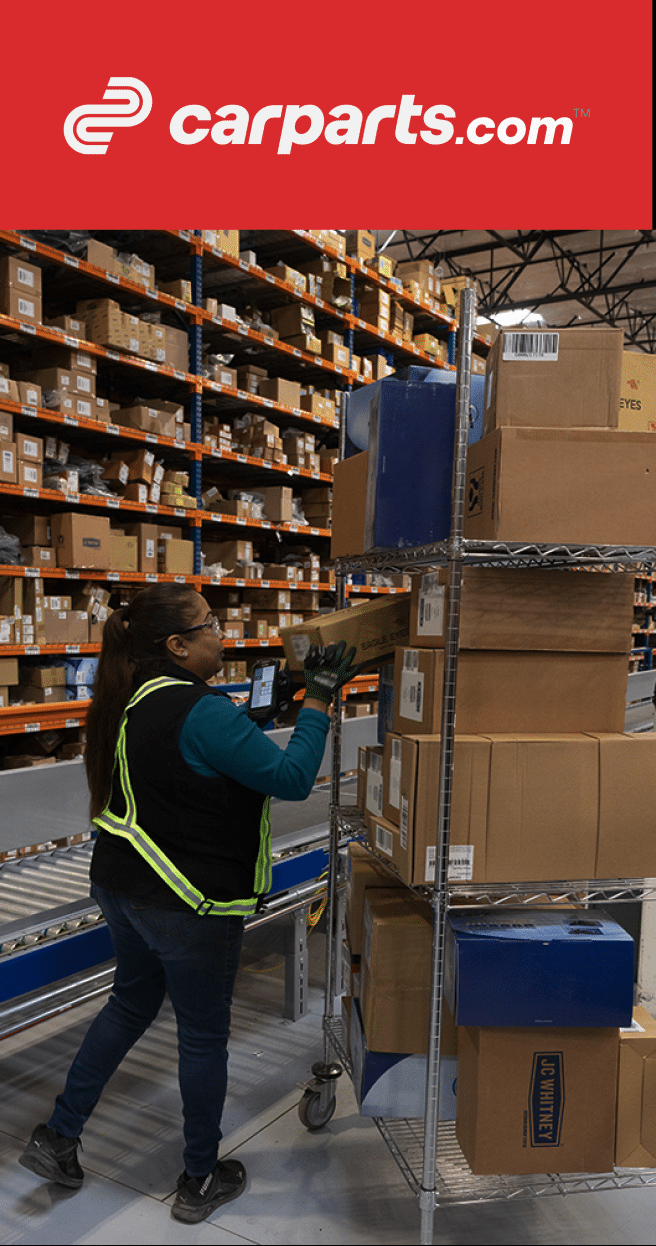
inVia Robotics has been awarded the Supply Chain and Demand Executive “2023 Top Software & Tech” for its cutting-edge AI technology, an LWM (large warehouse model) AI transformer, that optimizes warehouse workflows and inventory locations and manages work autonomously.
The Top Supply Chain Projects Award spotlights new-to-market software and technology solutions in the supply chain space. inVia Robotics was recognized in the Warehouse Automation category.
AI that plans and makes decisions based on order deadlines
inVia’s warehouse automation software leverages AI that transforms our customers’ operational data to generate a daily order fulfillment plan that orchestrates all labor, inventory, and equipment. The plan is continuously re-generated and updated as warehouse conditions change (and they often do). Our system optimizes business operations by:
-
-
- Collecting data used as input into processes;
- Using machine learning to prescribe a better version of those processes and
- Generating a predictive plan for how these processes will be executed – and most importantly – automatically adjusting the plan when new data is available
-

This system is our equivalent of an LLM (large language model), which we refer to as our LWM (large warehouse model). It’s an advanced AI algorithm that makes all of the decisions that have to be made as plans change. It scales decision-making beyond what a warehouse manager could possibly do.
LWM dynamically schedules fulfillment tasks to achieve SLAs with optimal resource utilization. It learns and adapts to order profiles, SLA rules, inventory, and workforce performance characteristics. It leverages machine learning to prescribe more efficient workflows and intelligently assigns users to tasks to ensure SLA deadlines are always met. Learn more about inVia’s technology here.
Decision intelligence that leaves nothing to chance
An average deployment of inVia’s system makes more than 1 million automated decisions a day based on the customers’ proprietary data on which the LWM is trained. It is believed that people can only make around 200 informed decisions each day. That leaves a wide gap of decisions that are not made deliberately in your warehouse every day but simply left to chance.
While inVia has always used AI to make more and better decisions in warehouses, the new open-source tools available for training AI allowed us to significantly enhanced how our software automates decision-making in warehouses. The frequency with which we can train the model and the number of inputs we can use is governed by the availability of computational power. This year alone many limitations on that power have been removed, which has broadened our ability to train our AI models with new inputs and richer existing ones. As examples, some of the inputs we use to train neural networks include:
-
-
- Individual worker profiles
- Travel speed
- Pick rate
- Distance to be traveled
- Dimensions and weights of items
- Time of day
- and many more
-
Our new enhanced LWM allows us to add more inputs and also be more precise with the existing inputs. One of the biggest advances in our technology is being able to update data every minute to accommodate changes in the environment. The result is greater efficiency in fulfillment and assembly operations. Idle time is decreased because schedule adjustments can be made almost in real-time to keep operations moving.
